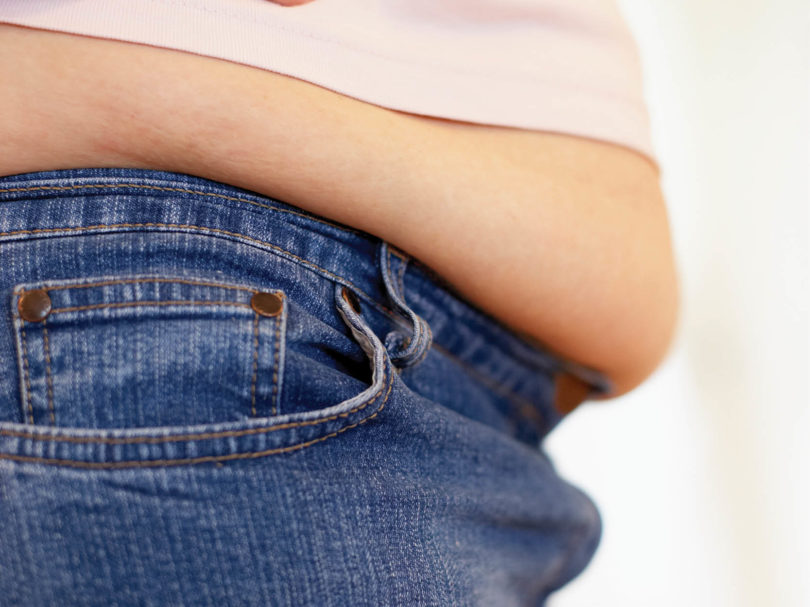During the 1980´s, the incredible egg took an incredible beating—and not just in the mixing bowl. Health experts en masse branded the egg as a high risk food because of the belief that cholesterol contained in the yolk would cause myriad health problems. Further research proved this theory to be inconclusive. Today, many doctors concede that a limited consumption of eggs can be beneficial to most diets.
Taking the place of the egg is the carbohydrate. In a dramatic shift of public opinion, the carbohydrate is credited for the production of both the blueberry muffin and the dreaded muffin top. Remember the rice cake diets in the early 1980´s? We changed our minds, and with credible data to back the shift. But considering the progressive nature of diet studies, one wonders whether carbohydrates are guilty as currently charged or if history will repeat itself.
Let’s examine the facts. The body uses carbohydrates as an energy source. Carbohydrates are classified into two groups: complex carbohydrates and simple carbohydrates. Complex carbohydrates are found in fibrous foods like green vegetables and oatmeal. These are digested slowly and are released into the body in a trickle—sort of like an IV drip. Simple carbohydrates are found in foods like processed rice, pasta and bread, soda, juice and candy. These are digested quickly and are made available to the body as an immediate high-volume energy source. Unused carbohydrates are stored in fat cells. Over time, the cumulative effect of consuming more carbohydrates than the body can process can lead to obesity and other health problems.
What can we do to prevent this? These simple tips will help keep the muffin-tops in the oven where they belong.
1. Favor complex carbohydrates over simple carbohydrates when making meal choices. You will still be full after dinner, but you will avoid expanding your waistline.
2. Consume the majority of simple carbohydrates around exercise regimes. The more intense the exercise, the more carbohydrates will be shuttled into energy production.
3. Don´t be afraid to hit the weights at the gym. More muscle mass will increase your body’s ability to absorb carbohydrates and will amp up your body’s resting metabolic rate.
4. If you still prefer cardio, use this simple formula to maximize fat burning. Subtract your age from 220 and try to keep your heart rate in beats per minute (BPM) between 50-75% of the total.
5. Track your diet. There are numerous free apps online that give insight into the nutritional and caloric value of your food choices. Hold yourself accountable.
6. Educate yourself about the carbohydrate content in your food using the glycemic index and glycemic load calculator at http://www.health.harvard.edu/diseases-and-conditions/glycemic_index_and_glycemic_load_for_100_foods. You may be surprised at what you find.
Carbohydrates can be your springboard or your stumbling block. Make them your ally through self-discipline and education. If you are new to the game, talk to your doctor and consider hiring a fitness coach to help you put the puzzle pieces together according to your metabolism, body type, and personal goals.







